Holy s#!t!
That’s the first thing that comes to mind when someone asks me what we’ve learned since our $500K MRR (monthly recurring revenue) milestone.
You’d think we’d have this whole “marketing-agency-thing” figured out by now. But that couldn’t be further from the truth.
Don’t get me wrong. We’ve learned and changed SO much that it’s almost too much to recount. And all the good news recently lead us to celebrate hitting $750K MRR back in May of this year.
On top of that: this has been the fastest month over month growth we’ve had with net new MRR by far(we didn’t really start averaging $500K MRR until August of 2018)!
We’ve been documenting our journey to our goal of $1 million MRR through the blog posts below if you want to take a look back at what we’ve already covered ?.
$100K MRR Milestone
$300K MRR Milestone
$400K MRR Milestone
$500K MRR Milestone
This time, to switch things up a bit, I’ve invited Kim Fitkin (our VP of Client Services) and Richard Uruchurtu (our VP of Operations) to be part of this so you don’t get me tooting our own horn for the entire post ?
So what has changed since we last spoke? Well, we...
- Bought a building
- Launched our PPC software, Kite
- Created two other companies
- Decided on our values
- Failed
- Grew in some key areas
- And much much more…
- We’ve Decided On Our Values As a Company
- Getting A Grip
- We Started Planning
- We Launched Kite!
- We Bought A Building
- We Launched Our Podcast - BoostSauce
- SEO + Content Offering
- GrowthComet- Popular Agency Community
- YouTube ChannelIs Growing + 1k Subscribers
- Delegation + Less Hat Wearing (70/10/80 Principle)
- Marketing + Sales Team Growth
- Kim Fitkin: VP Of Client Services
- Learning Leadership With XQ Training
- Team Director Model
- DISC Certification
- Hiring Based On DISC
- Weekly Peer-Led Trainings
- Evolving To A Team Structure
- Richard Uruchurtu: VP Of Operations
- Rocket Fuel
- Entrepreneurial Operating System (EOS)
- Accountability Chart
- Operations Data
- Looking Forward
Get brand new marketing strategies straight to your inbox. 23,739 people already are!
We’ve Decided On Our Values As a Company
What’s extremely evident when you read a post like this (and also our other milestone posts) is that I’m a guy who’s very comfortable letting people know that I don’t have anything figured out.
Declaring our values as a company along with our mission/vision statement is no exception.
Within myself, I always knew my own motivation and what I want KlientBoost to become, but I never thought I needed to tell anyone else that.
“Let’s just put our heads down and keep working - and growth will come”
Which is very true, but then that would turn us into every other company in the history of the world.
There wouldn’t be much excitement. There wouldn’t be much motivation. And there wouldn’t be much that made us different.
That last part scared me the most.
And since our team members aren’t me (and don’t have access to what I’m thinking), it became strikingly obvious to me when Richard challenged me to answer these questions:
“Are we all rowing towards the same thing, Johnathan? What are we all trying to accomplish? What’s the bigger picture?”
I knew the answers. Well, if I’m honest, I knew the vague answers (it had to do with something around “making more money”). But the reality of everyone else not knowing the answer or having different answers suddenly shifted my perspective around the importance of nailing this stuff down.
I was honestly borderline uncomfortable with the whole premise of the mission/vision statements because I felt like they were such “hype” bullshit things that companies do.
And most companies never actually put their mission/vision/values into actual practice.
But what I failed to see was how I might not have believed how big we could truly become (much bigger than we are now).
That was the bigger thing.
I had doubts I didn’t know were there.
And what I realized was that if I couldn’t fully believe in KlientBoost (or myself for that matter), then who the hell would?
Stating Your Values Vs. Living Your Values
Now, there’s a HUMONGOUS difference between declaring your values as a company (along with your mission and vision statements) and then actually living them (aka, acting on them) - so here’s what we’re doing to have mission/vision statements and values that actually drive us.
So before you bring out the Kleenex, I want to frame our mission and vision statements knowing about the impact we have beyond just making our clients more money through being a better PPC agency and offering conversion rate optimization.
The stories we hear from our points of contact getting raises, getting promotions, helping our clients get new funding/getting acquired, or brand new sales teams being hired because of the growth we help speed up, is what truly gets us excited to do more of what we do – and honestly, to get better at what we do.
Our Mission
Being the most consistent source of growth for organizations across the globe, KlientBoost aims to be an extension of teams that solves problems and executes with the highest level of marketing knowledge available.
Our Vision
Our goal is to become the global force and most aggressive leader in PPC and CRO. We continually challenge ourselves and partners to professionally and personally grow, make money, and make a positive impact in the world - all while having more fun than anyone else.
Our Values
Our values are the things we can almost act on every single day, in multiple ways. These are the things that we’ve found help us the most.
For example, we can look at a new potential team member and put our five-part value glasses on and decide if we see that person as a weaker or stronger candidate.
We can see if my decisions (or anyone else at KlientBoost) are in-line with our values and if they’re pushing us forward.
Our values all started with Kim, Richard, and myself deciding what was most important to us.
We then brought in our Directors to challenge our thinking.
And then shared it with the entire team to get their feedback before we finalized.
In the end, we decided that these five values were what represented us the best:
- We Push Ourselves
- We are Accountable
- We’re Resilient
- We’re Transparent
- We Have Fun
Spelling out P.A.R.T. F - which is really a huge shame, so we decided to look into words that begin with Y, so that our values acronym could be…
P.A.R.T.Y!
We could also keep it as is and change it to P FART, but that wouldn’t be as cool as saying that the fun begins once we’ve taken care of our five values.
Kinda like when your mom made you do your homework before you could go play.
You might be better than us at Scrabble, so let us know what you figure out.
Now to hold ourselves accountable (see what I did there?), here’s a breakdown of what our values mean to us.
Value #1: We Push Ourselves
My best man at my wedding was a former All-American basketball high school player, Princeton graduate, vegan, no-shoe-wearing, EDM hippie, Wim Hof Method practicing hell of a guy.
One day, he decided to run at least a mile every day for a year. And many days, he’d run 5+ miles, just for the heck of it.
And here I was, turning the Whole 30 diet into the Whole 4 diet.
I wasn’t consistent.
But what I realized that he pushed me to be better just by his actions alone.
I see this same person in Kim Fitkin, who challenges and learns new things about everything. Who pushes herself at work to be a better leader and pushes herself physically through competing (and winning) at something like Spartan races.
It’s the mentality we all agreed that we want people to have.
Not so they automatically get better and better at what they do, but so they make me and everyone else on the team better.
How Are We Living This Value?
- Our VPs are getting one-on-one coaching and being challenged to become better leaders
- Our Directors are required to bring new strategies, tactics, and blueprints to their teams through what they’re learning
- We’re building our own PPC software to simplify, speed up, and increase our own productivity
- 20 of us decided to join a Spartan gym and race for the first time, that then lead to 30+ people doing another Spartan race (here in September in Seattle) - that’s over half the company
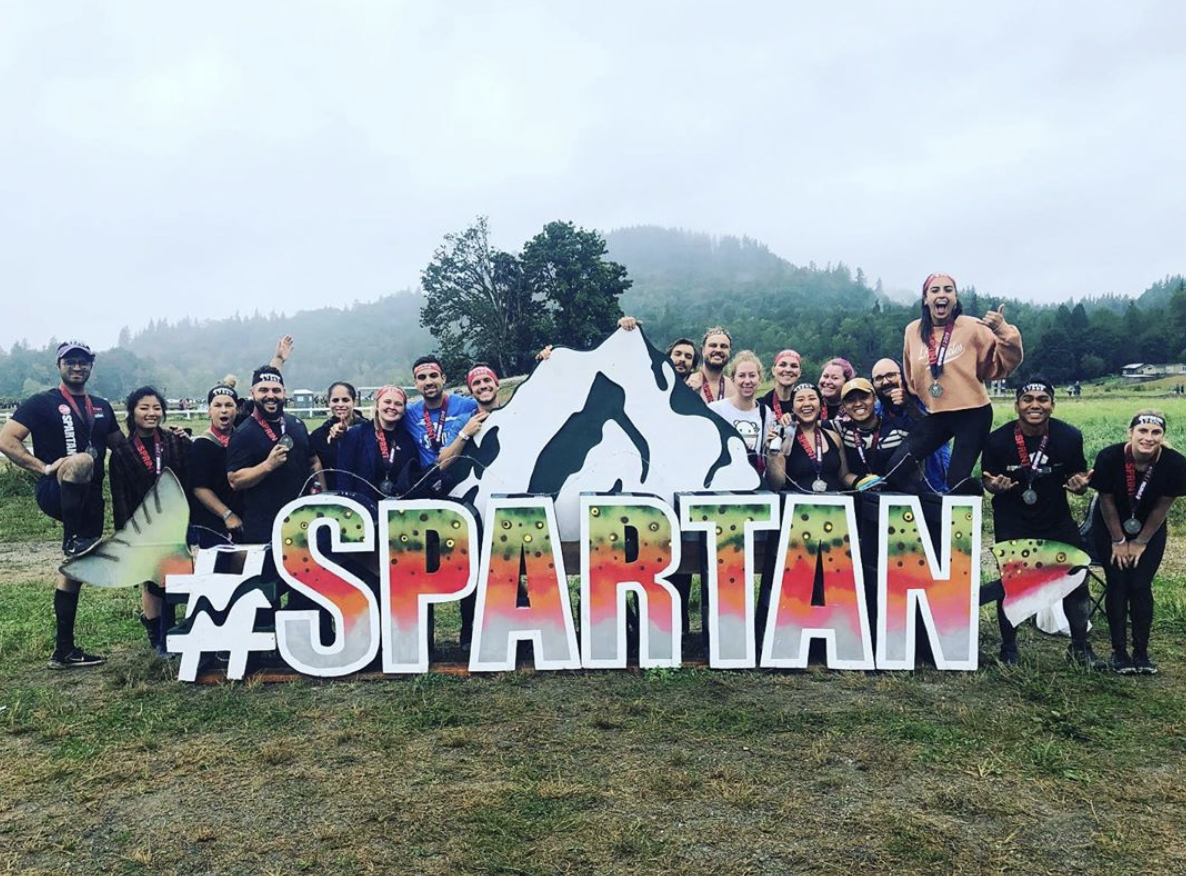
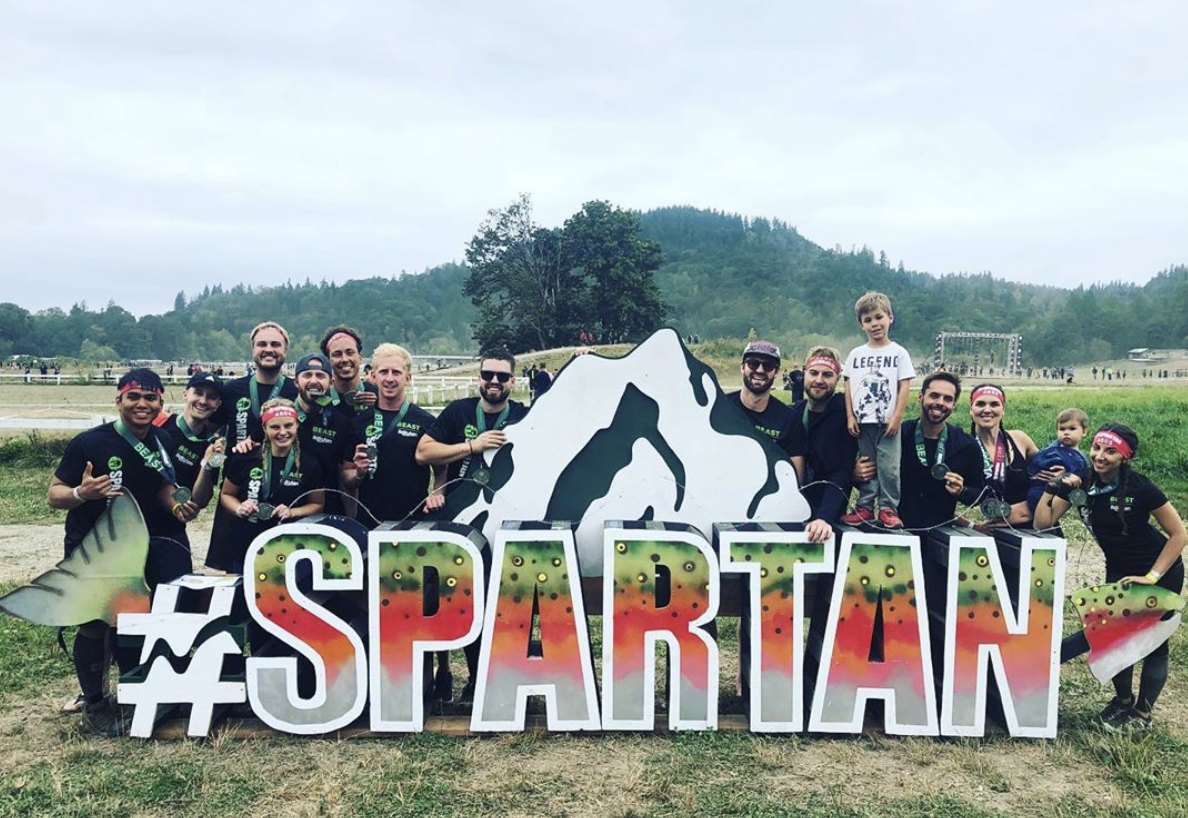
(We’re kinda addicted - image sources)
Not only do we want to push ourselves professionally, but also physically.
There are many more things we can do to embody this value even more (in emotional and spiritual ways too), and we’re excited that we’re off to such a strong start.
Value 2) We’re Accountable
This value is much simpler to use to one’s advantage than running a Spartan race.
It starts with honesty around owning things that have failed because of your action or in-action.
Was there a client that I closed that turned into a nightmare for our account manager because I didn’t set the right expectations?
That’s on me. I’m sorry and I will do better.
Was there a thing promised that wasn't delivered on time?
That’s on that person. They’re sorry and will do better.
It’s very easy to point fingers and complain about why you’re not where you want to be or should be. The real transformation comes from a person’s own accountability.
When that happens defenses are not as high, guards are down, and real problem solving can happen for the betterment of everyone.
How Are We Living This Value?
- Confessing when someone screwed up
- Keeping our promises
- We start with honesty, even letting a client know they’re wrong or we’re wrong
Value 3) We’re Resilient
This value is a little harder to act on simply because it’s not as frequently needed as other values when it comes to how fast we’re growing.
Resiliency to us means that when bad things happen, we learn from it (we are accountable), and we move on.
We don’t dwell, we don’t point fingers, we don’t linger.
We move on.
How Are We Living This Value?
Recently we lost two very big clients. One was $30,000/mo and the other one was $35,000/mo.
One was lost to something outside our control and the other was lost because I set terrible expectations.
Was I pissed? Oh, hell yea. I was discouraged. But after a few moments, I asked myself: “What the f*** was I upset about?”
My perspective was like a spoiled child's.
I had to go for a drive for about an hour until a little Jay-Z angel popped up on my shoulder and played…
It felt like we just took 50 steps back from those two big losses that were so close in time.
But what I forgot was that we’ve taken 5,000 steps forward in just the past year alone.
Let’s learn from our losses and failures and do better.
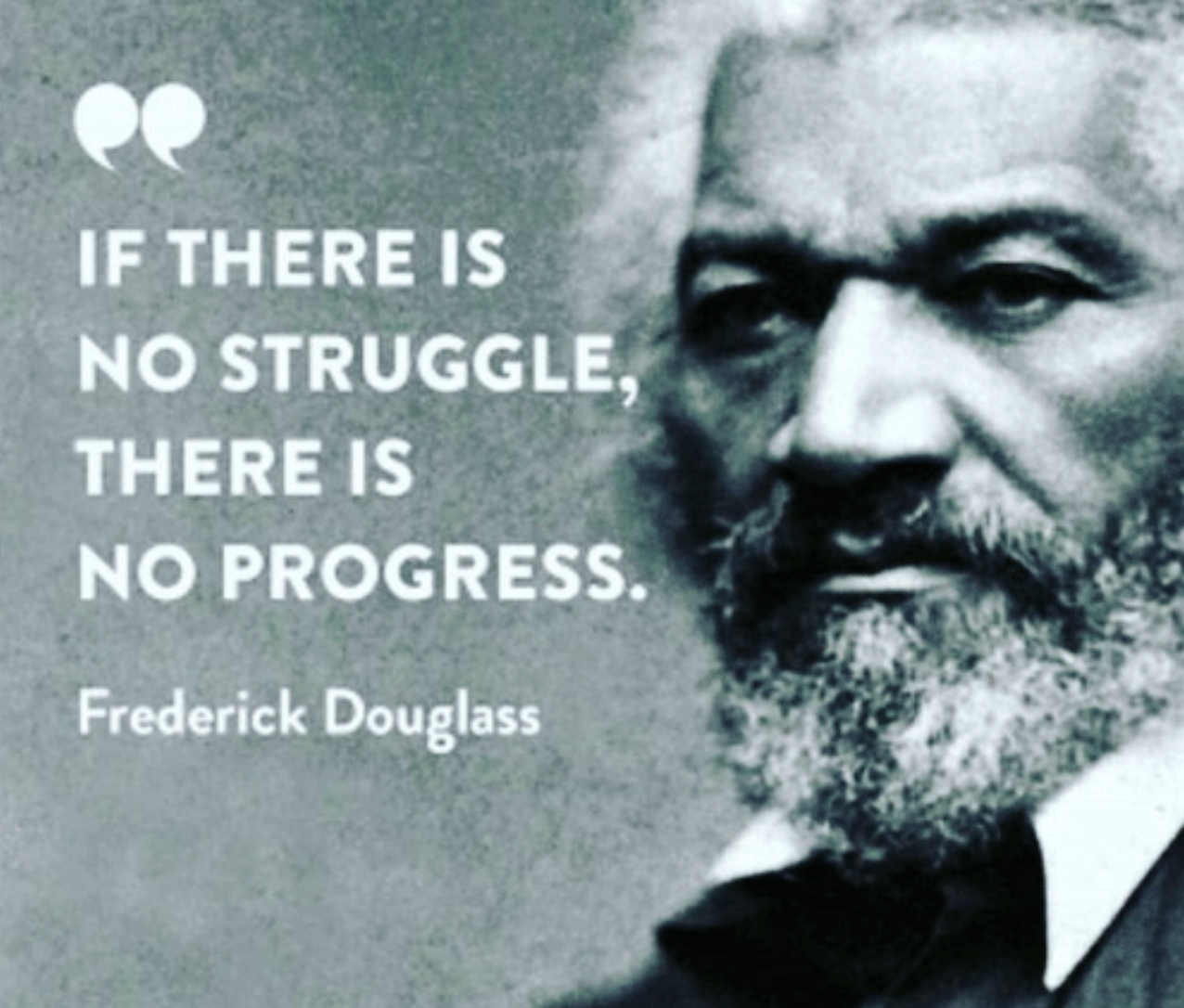
(Big fan of this quote)
Value 4) We’re Transparent
The very reason you’re reading this post speaks to this value.
I’m very big on sharing the truth, because the truth makes everything so much easier.
I share all of our revenue numbers with the team and let them know exactly why things are the way they are.
But I can also do better here.
How Are We Living This Value?
Revenue isn’t the full picture. Profit numbers are something I’m going to share as well.
I want everyone on our team to know how the company is doing and why it’s doing certain things. As you may have guessed, I crave their feedback and input.
Without transparency, there’s no trust. And without trust, no deep relationship can be formed.
Value 5) We Have Fun (or We...Yodel?)
I’ve always wanted to build an unapologetic company.
I've never worked anywhere that required suits and ties, and I don’t agree much with the business formality or “corporate-ness” of today. It’s just not necessary.
I understand it, I just don’t agree with it.
We laugh, we joke, we’re immature. It’s how you are with your best friends and it’s how I’d hope I am when I’m 90 years old.
We take spontaneous trips to Vegas, have holiday parties on boats, go to Hawaii, and play.
It’s amazing to see new people who join the KlientBoost team who have never experienced anything like our work environment.
They ask me why I decided to do this, and the answer’s always that “this is what I would want if I was working at any company”.
How Are We Living This Value?
Just ask Maleri, whose first impression of us was a marching band playing Space Jam during a company huddle (She’s sitting far left on the end of the couch - that was the day of her interview ?).
Or go and check out our Glassdoor reviews.
We spend such a large chunk of our lives working. Why can’t we make the work part really fun too?
Getting A Grip
You might be asking by now: What led you to all of this with mission/vision statement development and the titration of core values, etc?
Well, years back, I got a book called Traction from one of our first clients that changed their business for the better.
Richard decided to actually read the book (note that I didn’t read it first) and came back with a simplified version called What The Heck is EOS? that everyone at the company read.
We then decided to model everything that we do around that book.
This also included a recommendation to get the One Minute Manager, which we adopted and decided to use company wide as well.
And that’s not all we did...
We Started Planning
Yes, this sounds like a no-brainer thing to do. But it’s embarrassing how much I didn’t think about it.
If our goal is to get to $1 million MRR and someone asked me how to get there (with detail), then I wouldn’t be able to answer that question.
Are you seeing a pattern here?
Questions like the ones below had never come to mind. Questions like:
- How much new revenue would we have to add?
- How many leads would be need per month?
- What would our retention rate have to be?
- How much higher would our closing rate have to be?
- How much traffic would we need?
Without knowing the inputs, we could never achieve the outputs in the time frame we wanted.
So with the help of the books above, we started putting down 1 year, 3 year, and 10 year goals.
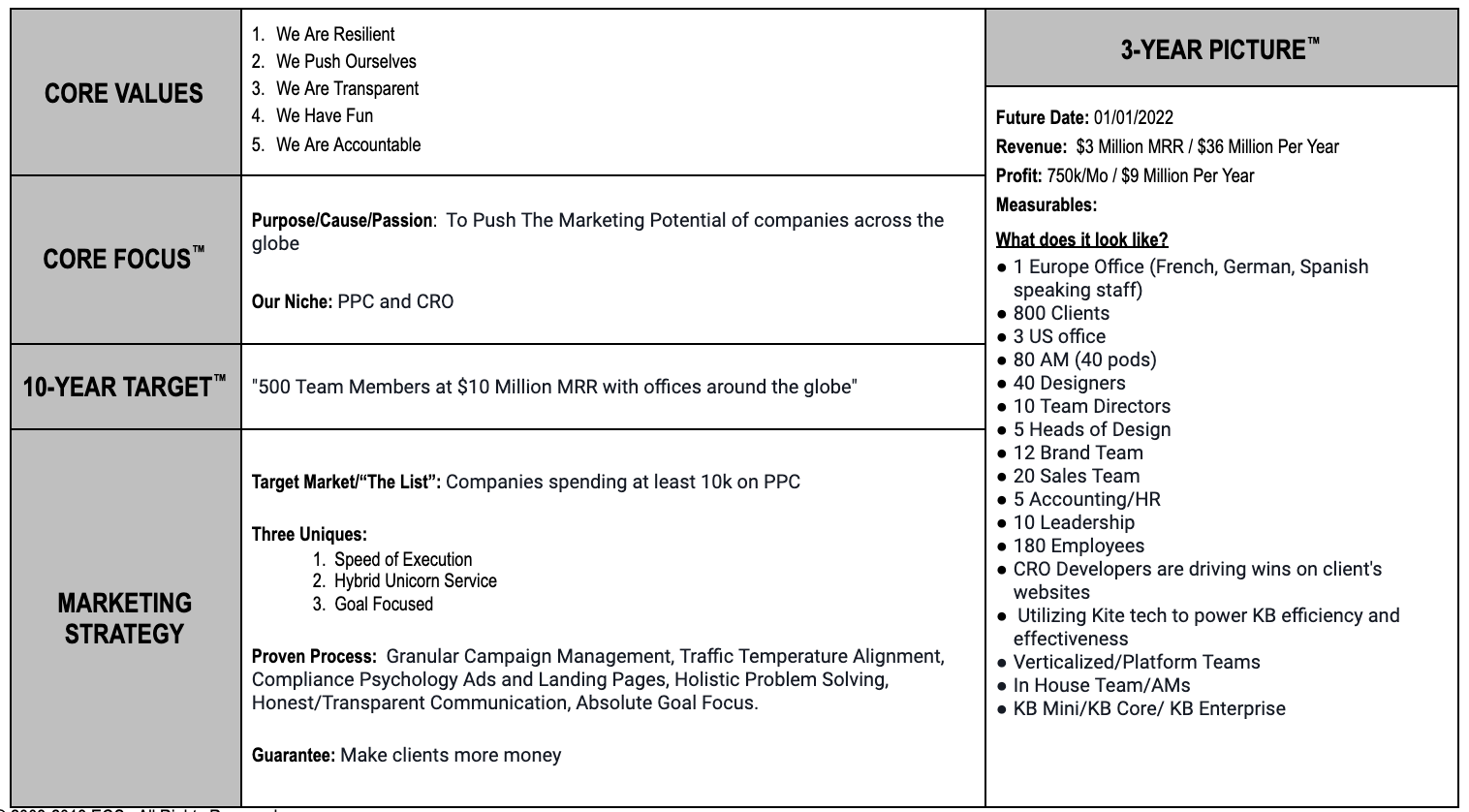
Now that we had a bit of a roadmap it would be that much easier to follow the directions.
We Launched Kite!
This was super super huge for us!
We made the initial commitment of investing $400,000 for our own internal seed round of our PPC software, Kite.
We had an amazing positive response from our first customers, with greater than expected conversion rates.
And we’re also thrilled to have a decent MRR with really no marketing.
Today, we have a dedicated team of almost six full-time people working on Kite, and we’re thrilled with the product road map and how it can drastically help us out at KlientBoost.
We’re expecting to see a 25% increase in productivity along with much better causation data than you’ve ever seen before.
Oh, and we got a ton of Kite plushies for our bigger marketing pushes (coming soon).
Pretty cute, right?
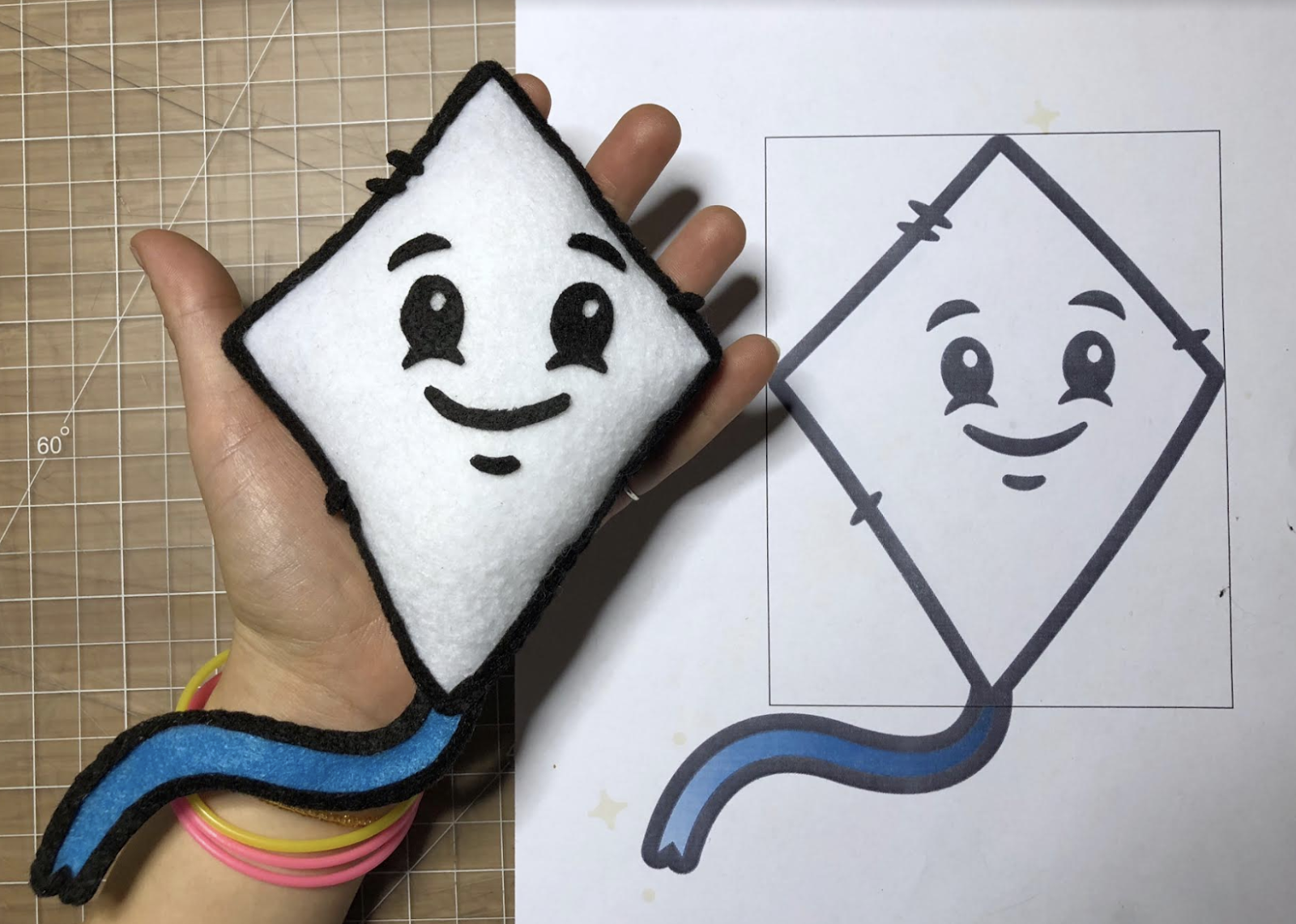
We Bought A Building
Living in Orange County, CA is expensive – especially with an office price tag of at least $3 a square foot.
Our previous office was around 5,000 square feet and cost us about $15,000/mo.
I started looking at the math when comparing leasing vs owning, and I was shocked to find what seemed like a no-brainer to me.
The roughly 12,000 square foot building we bought turned out to be about $23,000/mo in mortgage (not including utility expenses, janitorial, property taxes, etc) - but still.
With all costs considered, we’re paying about $6,000 - $8,000 less per month and we actually own the building.
In addition to that, it seems like tax laws highly favor real estate investors with potential of a cost segregation analysis (a fancy term to lower your overall tax bill for the year by subtracting the cost of your building over time).
Not to mention that there’s also the added benefit of using the 1031 Exchange that allows us to sell our building and roll the money straight into a bigger building without paying taxes on our gains.
Right now, we’re doing tons of upgrades to it and adding in an actual coffee bar with a full-time barista just for our team members.
Will give you guys more picture updates in our next milestone post!
We Launched Our Podcast - BoostSauce
(You should definitely subscribe - image source)
Since content has been our #1 breadwinner since day one, it makes a ton of sense to double down on that and explore other avenues too.
We’ve done quite a bit of research and gathered feedback around what people DON’T like about today’s podcasts and the main things that stood out were:
- Too much fluff
- Not enough actionably advice
- Questionable thought leaders
So we decided to tackle this new medium based on that exact feedback. And BoostSauce was born:
- We don’t allow our guests to talk about their past - we get straight to the point.
- Every episode will have nuggets in them. Each nugget is a tactical point. The more nuggets, the higher the prizes will be for listeners.
- Every episode will have around three experts on a specific topic. That helps you get well rounded answers and more confidence with your decisions.
SEO + Content Offering
Since a decent amount of clients trust our opinions around their marketing activities beyond just PPC/CRO, it seemed like a very smart move to start thinking about offering other services.
I still struggle with whether or not this should be within the KlientBoost brand or a separate brand all together.
*Hint* I Still haven’t decided.
But we have been making moves on the content marketing side of things and we’re excited to see where this goes. Email and conversational marketing is also something we’re pumped about.
More to come at the next milestone post.
GrowthComet- Popular Agency Community
Over time, many other agency founders have asked for my thoughts/feedback and I turned to a good friend of mine, Ross Hudges who runs Siege Media, and asked if he gets the same amount of questions I do.
Found out he’s not as popular as me, but he got a good amount (jk, love you Ross).
So we tested this idea out by creating a 12 month course full of content of what Ross and I have learned during our agency growth journeys.
We filmed and transcribed the first three months to see if anyone was interested, and before you knew it - we were immediately at $20K MRR with hardly any marketing other than some initial emails.
Not only do people get access to our learnings, but they also get to ask questions via Slack that are specific to them. For $199/mo, it’s turning into a massive no brainer for people taking advantage of it.
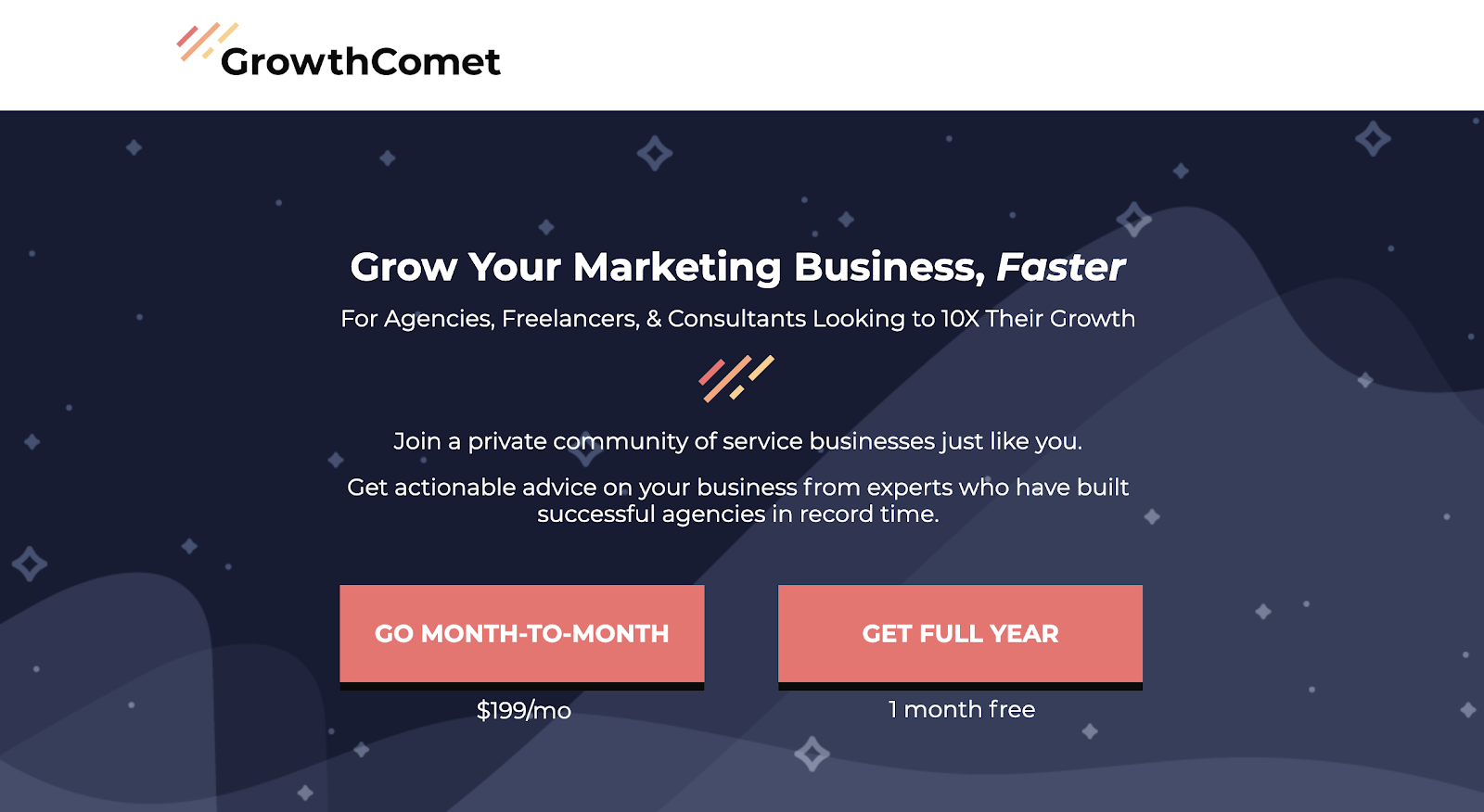
(check it out - GrowthComet.com)
YouTube ChannelIs Growing + 1k Subscribers
We’ve launched our YouTube channel with a few videos to begin with and started creating many more playlists over time.
- We have our own BoostBits (educational videos that come from our blog posts)
- Inside KlientBoost (our own vlog series)
- KlientBoost Reviews (testimonial videos from our clients)
- BoostSauce Podcasts (our video versions will be there)
We plan on doing a lot more video content here in the near future and excited to see the performance of how YouTube does for us.
Delegation + Less Hat Wearing (70/10/80 Principle)
Not long ago, I almost joined EO (Entrepreneur’s Organization).
I was invited to have dinner with other members, and there was one short speech that stood out a ton that catapulted my mindset to where it’s at today. (Even though I didn’t join EO, I’m super thankful for the insight.)
A lady was presenting and the nugget I took away from her was this:
“One I started following the 70/10/80 principle, my business took off.”
She talked about how much of a perfectionist she was, and how she had a very hard time allowing others to freely do their work.
Luckily I’m a bit more easygoing on the last part. But I often feel like if it has to be done right, I have to do it myself.
What that truly means is that I’m bad at communicating.
But back to her point.
The 70/10/80 principle basically means…
“Find someone who can do what you do at 70% the success rate. Teach them the extra 10% and be okay with 80%”
No one will be like you or as good as you at a specific task that has gotten to where you are today - if they were, then they wouldn’t be on your team.
They’d be doing their own thing.
At that point, a mental light bulb flashed above my head. I immediately stepped out of operations (the biggest part of our business) thanks to Kim and Richard (more from them below).
Marketing + Sales Team Growth
Over the last year, we’ve invested quite a bit to go from a sales team of one (me) and a marketing team of two (two content masters).
Our marketing team now has over nine people on it and our sales team has six people on it.
We’re now averaging above $100K sales months and it’s amazing to see how little I have to be involved (sometimes).
200+ Clients
Last but not least, we’ve hit over 200 active clients from a wide range of industries and verticals.
One thing about KlientBoost that makes me especially proud is that our strategies and tactics work for literally any business. We attract a variety of different businesses.
Not much more to add here, just wanted to give ourselves a high five ✋.
Since you’ve successfully made it through my ramblings, it's time for a new perspective. Here's our VP of Client Services, Kim Fitkin, to share her perspective on our progress!
Kim Fitkin: VP Of Client Services
Hi – I’m the VP of Client Services here at KlientBoost, Kim Fitkin. A lot of people consider me the mama general of the KB office as I head up our account managers, our CRO managers, and all their clients relationships.
Being in charge of such a vital (and constantly growing) part of our agency, you can imagine how much work I had cut out for me as we burst through the $750K MRR ceiling this past year.
Learning Leadership With XQ Training
As a fast-growing company, one of the areas we needed to expand on was our own leadership training. Leading a $3 million dollar company is very different from leading a $6 million dollar one, so Johnathan saw the benefit in investing in management training for both Richard and me.
For the last two years, we’ve been working with a company called XQ Innovation. We chose them specifically to help us communicate better as a leadership team.
As a growing company, there’s bound to be ups and downs, disagreements, and difficulties seeing eye-to-eye.
As an unbiased party, XQ came in to help bridge the gap between the leaders and make sure we keep moving in the right direction.
One of the founders, Cyrus, quickly became my mentor. His goal for me is to master my capabilities as an executive in a company.
Mastering My Own Management Skills
Becoming a master doesn’t happen overnight. What I learned from him in my early sessions was how to be a better person first. If you’re a compassionate, positive, and caring person that people want to be around, the leader part comes more naturally and you’re much easier to follow.
Don’t get me wrong, I’m not perfect and a work in progress. I still need to continue to work on being a positive role model consistently, for example. So the training doesn’t stop there, it morphs into management training.
By adopting a “healthy-minded person” lifestyle, I can also be better a Servant Leader, which is another philosophy that XQ has taught us. This is the concept that our people don’t work for us -- instead, we work for our people.
With XQ’s training, we’re learning the power of the One Minute Manager, how to be a Servant Leader, how to maximize our EPO (or Employee Performance Optimization), how to communicate with our team, and how to motivate. For the last two, we also used DISC assessments.
Team Director Model
XQ started working with us while I was still Klientboost’s Director of PPC. At the time, I was overseeing 120 accounts with 15 Account Managers (AMs), 10 Designers, and three Production Artists.
To say I was stretched thin is an understatement.
Cyrus told us to consider the 8:1 ratio, in which one leader has just eight people directly reporting to them. That’s when we introduced the Team Director Model.
Team Directors
We decided to make Spencer Currie, Reese Garcia, and Graham Ahner Team Directors based on their successes as AMs and their desire to lead a team. At the time, the goal was for them to manage a book of their own clients, as well as 4-6 AMs. As Directors, their responsibilities are to lead, coach, and motivate their teams.
Director Of Mini
Since our PPC agency handles clients at a variety of price points, we’ve always had leads and clients come in with limited budgets and account management expectations. To better serve this market niche, we saw the value of bringing them in at a lower fee to work with our Account Coordinators (ACs).
With this in mind, we promoted Mitch Moore to Team Director of the KB Mini program. This position came about organically and around the time that we were promoting the Team Directors. Mitch helps train the Account Coordinators on their way to becoming Account Managers, and at the same time, those ACs get to working with KB Mini clients.
Director Of Paid Social
Matt Nelson is our go-to guy for ads on social platforms. He’s mastered Facebook and LinkedIn, and has also introduced the team to Pinterest Ads, Next Door Ads, and more. He was an easy choice for the Director of Paid Social position because of his expertise and his proven desire to learn more about using social platforms effectively.
Another benefit of introducing a role like this was taking our first step into specialization and branding. Not only is Matt responsible for ensuring the team is aware of social platform best practices, but he’s also leading webinars and podcasts on those subjects and serving as our thought leader for all things social.
Director Of CRO
In one of my XQ trainings, Cyrus told an interesting story about a marksman.
Say a marksman has five targets to hit and only two seconds to hit them. Most likely, you’ll get the first two accurately, and maybe even the third. The fourth and fifth, however, might be well off the mark.
Now, let’s say we have two marksmen with the same number of targets and time. The odds of hitting all targets in the time allotted become much higher -- especially if the marksmen are working together. This is how I viewed our Director of Conversion Rate Optimization (CRO).
When he first became Director of CRO, Aaron Packard oversaw the entire design and production artist team. He coached and motivated the team and audited tasks. On the opposite side of the spectrum, however, Aaron was also responsible for our branding, thought leadership, and training as the resident CRO expert.
Even though he was pulling it off (somehow), we were asking Aaron to do more things than he was physically capable of. So we split the role.
By redefining the Director of CRO’s responsibilities, Aaron is now able to put more time and effort into the branding aspect of CRO. He’s responsible for the thought leadership around CRO and disseminating that to the team. He leads trainings, works on the KlientBoost website to make it more efficient, and expands his own knowledge of CRO by attending trainings and seminars.
The people aspect of the job, however, was moved into a new role -- Director of Design.
Director Of Design
As the name suggests, the Director of Design oversees all design work as it relates to client deliverables. Tyler Bales assumed this role. He oversees the work, communication, and personnel of the design and production artist teams.
After establishing this role, we realized that even with one person solely focused on managing these teams, we weren’t maintaining the 8:1 ratio. For that reason, we decided to develop the team structure even further.
We promoted Sara Smith to oversee the production of our pages as Product Production Manager. We also promoted Tiffany Tran, Michael “Moose” Musa, and Beavis Hari to Lead Designers. As Lead Designers, they’re responsible for the client facing tasks and auditing, whereas Tyler focuses mainly on team happiness, productivity, and development.
DISC Certification
As we worked with XQ more and more, we saw the value of someone on our team being DISC certified so that Cyrus didn’t have to keep coming in for debriefs. I was the logical choice, as that would make me the one having the conversations with the team.
In the end, it was an additional eight hours of specific DISC training, with a two-hour multiple choice and essay exam. Passed with flying colors, of course :) .
Hiring Based On DISC
Part of our normal recruitment process now is to ask potential hires to complete a DISC assessment. There’s no such thing as a good or bad DISC, but we started to notice trends with our top-performing AMs.
We eventually created a benchmark based on our top three AMs at the time, which gave us a useful guideline for who might be a good fit. (It’s important to note that this is not our only consideration when we hire AMs. It’s a tool we use to make sure we put the right person in the right seat.)
Personal Skills
The screenshots below are taken directly from our AM Benchmark. The first one shows the development of 25 personal skills that a person would have based on the answers they gave during the assessment.
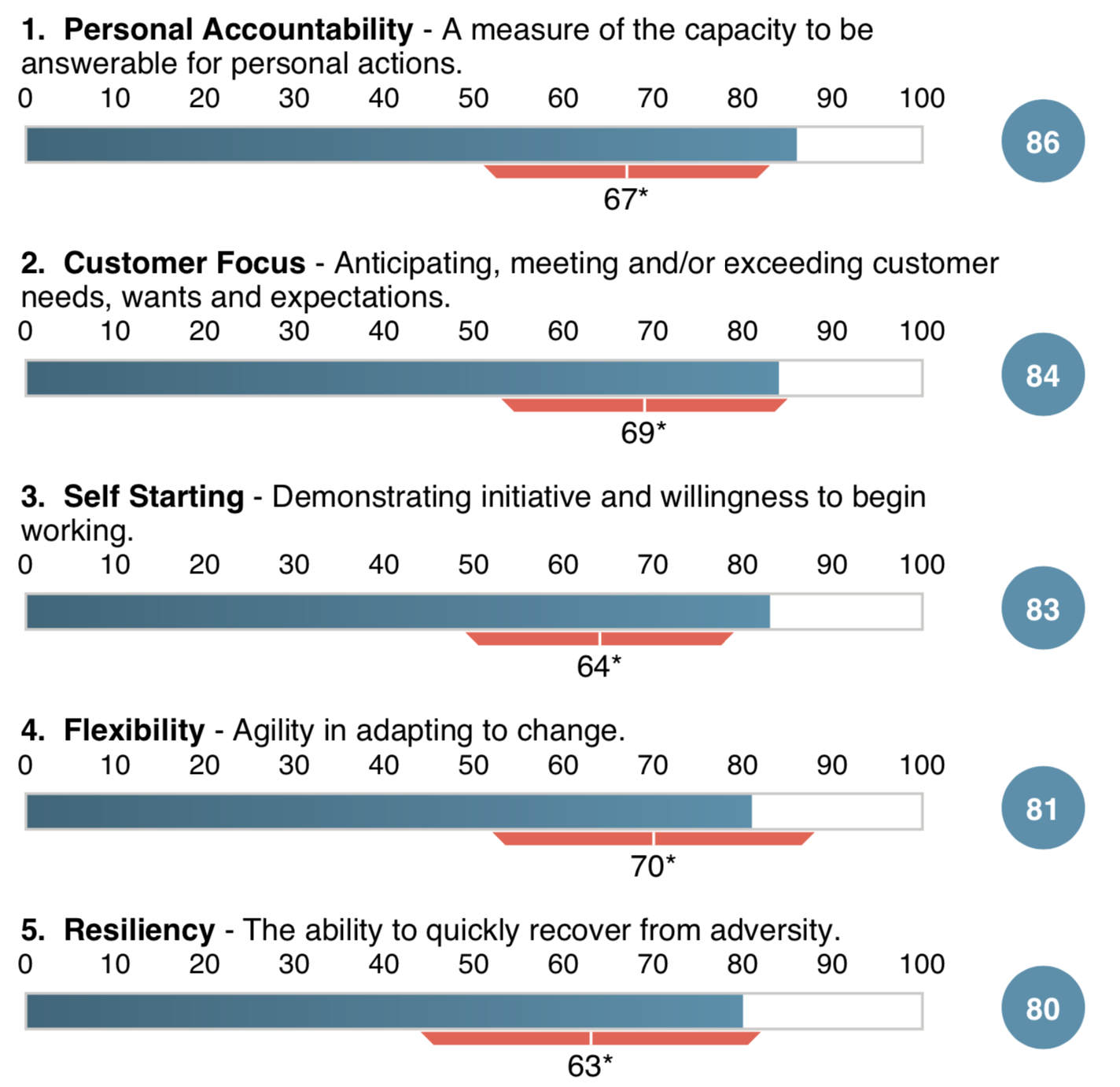
Not all 25 are needed for this job, of course. But we identified the top five skills we’d like to see from a team of AMs, which appear below:
When assessing potential hires, we specifically look for these top five skills and where they land in their assessment.
Behavioral Traits
The next chart is a list of behavioral traits that also correlate with the DISC graph. This part measures 12 different behaviors, and while we don’t tend to hire everyone with the same behaviors, it’s important to notice where the behaviors rank for them.
For example, in our office, it seems like we’re constantly competing with each other. If it’s not over who has the best retention rate or who is managing the highest MRR clients, it’s over Spartan races and the like.
So, naturally, we weren’t surprised to see that Competitive behavior was the highest for the benchmark of behaviors.
We also like to look for behaviors that display a sense of urgency, as well as the organizational skills to manage clients, their money, and project management tools. This position requires adapting and working with a variety of industries and vendors, so being versatile is key.
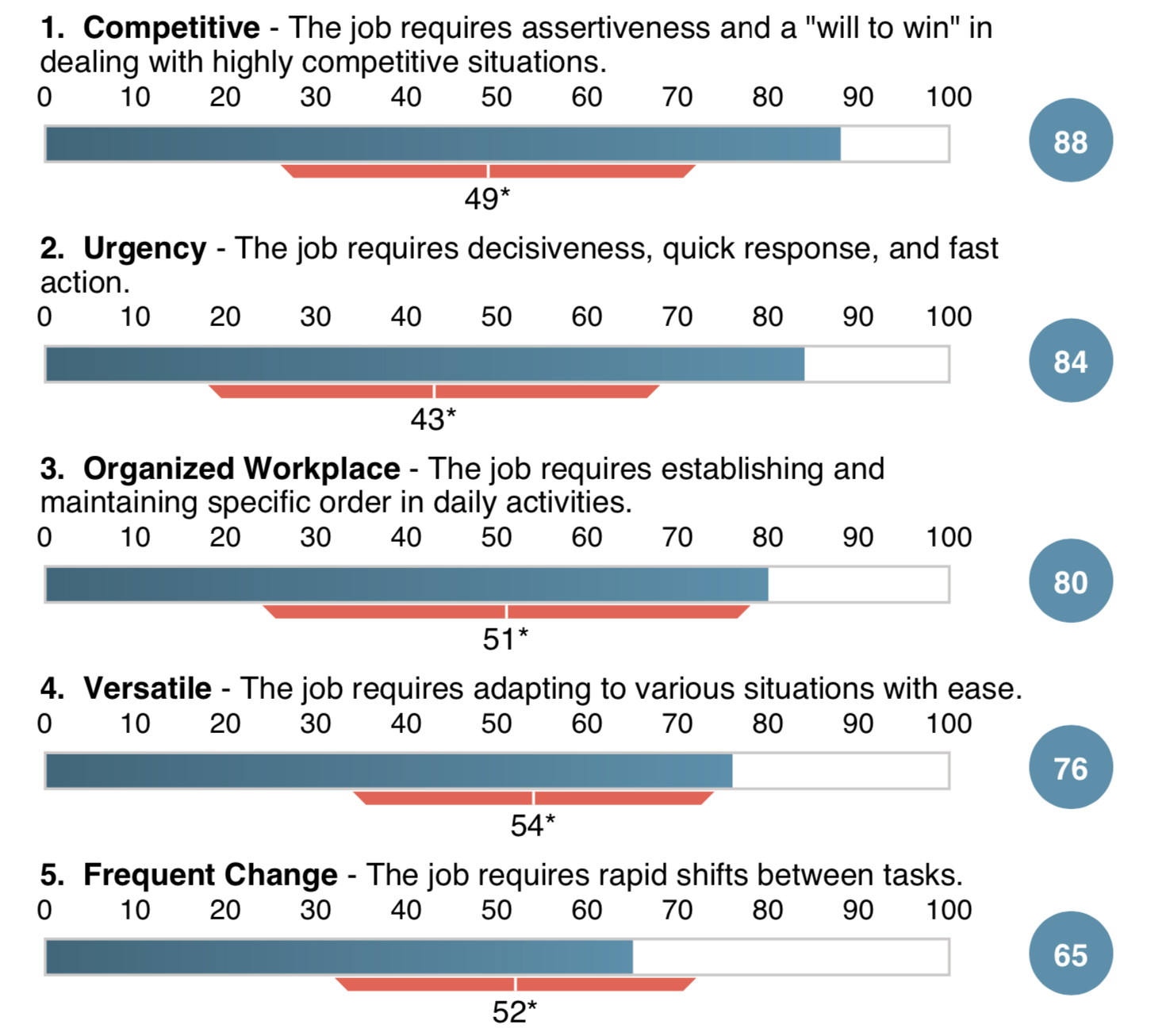
Finally, being able to jump from task to task is another skill we look for. Success as an AM requires switching quickly from calling a client, to managing a platform, filling out spreadsheets, analyzing data, emailing, and other tasks.
This shows the top 5 behaviors that we tend to look for when hiring AMs.
Driving Forces
Finally, my favorite part of the entire DISC assessment is the Driving Forces section. It’s a common misconception that money motivates everyone, and our assessment proves that other incentives can motivate our team of AMs.
That said, since our compensation plan is based on performance, having AMs who are Resourceful, or motivated by their own growth, is huge.
Intentional is another high-ranking Driving Force, which means that AMs are motivated not by doing something or helping someone for the sake of being nice, but because they get something out of it. This isn’t a bad thing! What it really means is that they’re mindful of their time. If an AM knows that it’s worth their time to help another team member learn something new, they are motivated to help with that.
Instinctive is an interesting Driving Force. Outside of the AM benchmark, we’ve found that a huge majority of our entire KB staff is actually the opposite -- they’re Intellectual, or driven by a desire to learn more. For this benchmark, however, we found that the top AMs tend to rely on what they already know to drive results. They use their instincts to help make decisions and to push.
Receptive is the last of our primary Driving Forces. These AMs are motivated by new ideas. Asking our AMs to work in a box without any room to improvise or provide suggestions for improvement would completely demotivate them.
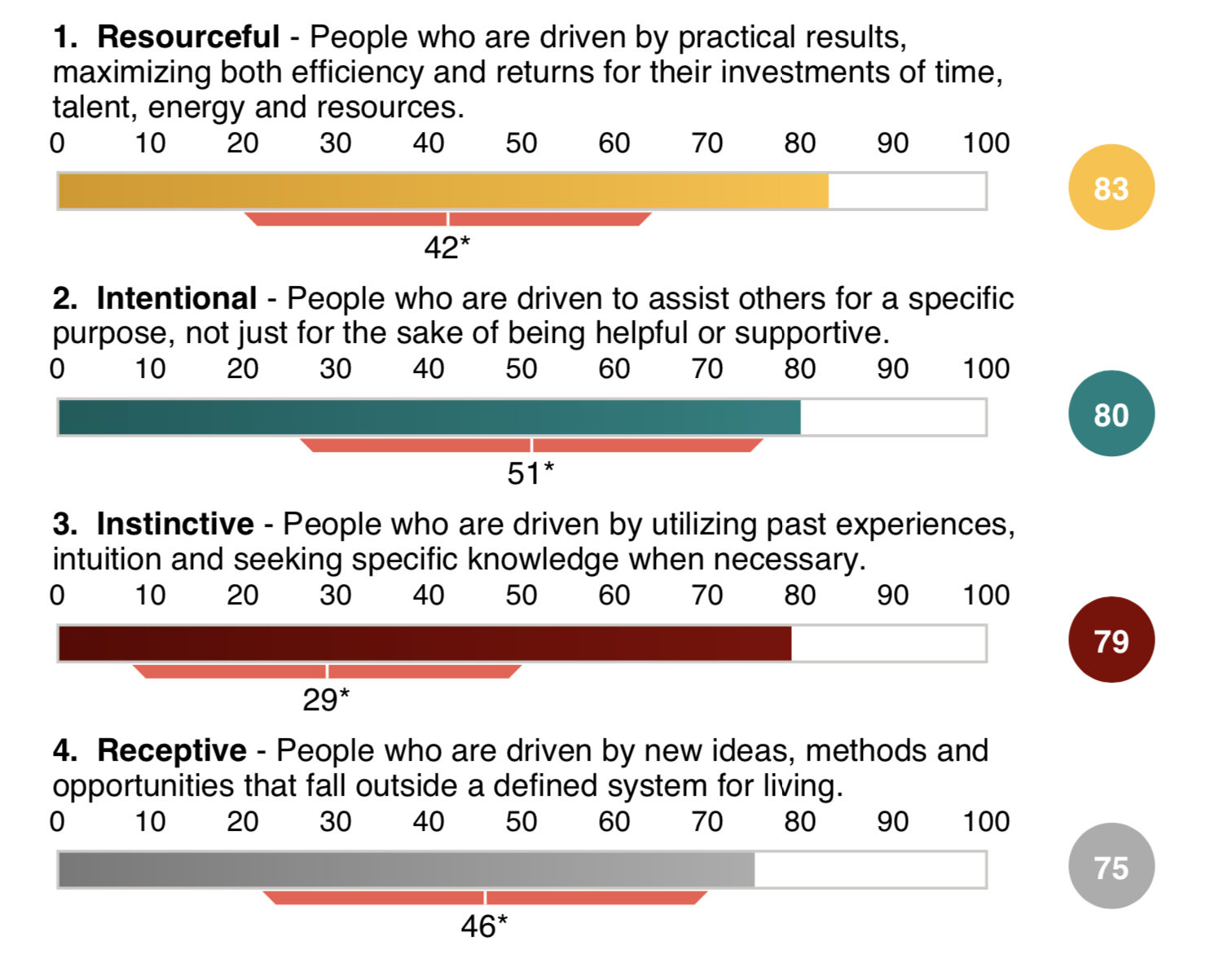
Situational and Indifferent Driving Forces
There are two additional components of the Driving Forces, which include Situational and Indifferent. Situational means that people are motivated by these forces only in certain circumstances, and Indifferent means that these forces really don’t provide any motivation at all.
Through all of these certifications and assessments as a leader of the Fulfillment Team, the most important thing I’ve learned about Behaviors and Driving Forces is that everyone is different.
It seems obvious, but we really need to look at the individual to figure out how to communicate with them, how to motivate them, and how we can grow by empowering them as team members.
Weekly Peer-Led Trainings
Like I mentioned in the Driving Forces section of the DISC Assessment, Instinctive appears as a primary Driving Force in the AM Benchmark. But when we looked at the team as a whole (including Team Directors, CRO Designers, and Production Artists), we saw another trend we couldn’t ignore.
We found that the Intellectual Driving Force is the number one motivator for 31% of the team. Further, it appears in the top four Driving Forces for 57% of the team. (What a bunch of nerds!)
The data was clear -- our people are driven to learn and acquire knowledge.
We didn’t have anyone in the Director of Training role at this point, so we empowered our Team Directors to take that role on themselves. Because we have people who pride themselves on their specializations, we were able to assign training tasks accordingly.
For example, as the head of our eCommerce team, we asked Reese to lead some trainings and to delegate some of that responsibility to his team.
This way, an experienced eCommerce AM on Reese’s team like Jess Park can lead more specific courses for her peers, and Reese doesn’t have to devote his entire schedule to training.
We found that asking our team to help lead training also expands their knowledge. As the facilitators of weekly training sessions, our knowledgeable staff can share information that their peers are seeking.
Finally, by providing weekly training, we’re also able to satisfy that drive to want to learn more.
Evolving To A Team Structure
One of the biggest lessons to learn on a leadership team is the necessity to adapt and change. What may have worked for us as a team of 10 may no longer work for us as a team of 50. Recognizing that, and then planning and executing a new system, is vital to the growth of a company.
A couple of years ago we adopted the Pod Structure. In this structure, we had one designer work with two AMs. This proved to be an effective way to manage our team… at the time.
As we grew in MRR and in the number of AMs and Designers, we found out that this method wasn’t scalable. As we promoted, transitioned, or lost people, we realized the undue stress that replacing team members was causing the Pods. From these lessons, the Team Structure was born.
How Our Team Structure Works
The Team Structure now has the Team Director overseeing a group of 6-8 AMs that they manage, with the Lead Designers overseeing themselves and a group of 2-3 designers on that team. The Director of Design oversees the Lead Designers.
With a structure like this, we no longer have only one AM working with one Designer. When a Designer leaves their position, for example, the transition work on that AM can be stressful, and the same can be true for a Designer. If the AM leaves, the Designer loses half their book.
By spreading the work out, we’re asking for a greater level of collaboration, but this also fosters more creativity by working with others and eases the stress of too many transitions.
As I type this, we’re already thinking about other structures that make more sense as we continue to grow. Maybe you’ll see that at the 1M MRR blog ?.
That is, if our VP of Operations, Richard, doesn’t give away too many secrets himself...
Richard Uruchurtu: VP Of Operations
Hi there ?, I’m Richard Uruchurtu the VP of Operations at KlientBoost.
I’m not the guy you hear dropping nuggets on the BoostSauce Podcast or see sporting athleisure on conference stages around the world -- that would be Johnathan, our CEO. I’m the behind-the-scenes guy.

If Johnathan is our lead singer, I like to think I’m the bass player. I'm laying down the consistent groove that keeps our company and clients rocking.
(Me playing Bass - image source)
My perspective on scaling our agency to $750k Monthly Recurring Revenue (MRR) has been mostly focused on the internal workings of how we structure ourselves as a company and the systems we have used to make it this far.
Growing from a small team of 10 to a big team of 50+ employees requires a different type of thinking and a different type of structure. When we were small, we could sit shoulder to shoulder (not always by choice -- it was a small office) to learn from and pivot quickly together.
Now we have managers, processes, and systems to keep us from falling into chaos. Here are a few things we worked on as a leadership team to get where we are.
Rocket Fuel
When I joined the leadership team, one thing became clear very quickly -- Johnathan and I think differently.
We each had our own opinions and perspectives on things, and that was a GOOD thing.
Johnathan and I occupy different ends of a spectrum. His is the quick decision-making, risk-taking, and big-idea-guy side. My side of the spectrum tends toward detail-oriented, risk calculating, even-handed judgment.
The two of us make a good pair to keep an organization balanced. This became even more clear to me when I read Rocket Fuel by Gino Wickman and Mark Winters.
Visionaries and Integrators
In a nutshell, the book describes that companies need a Visionary and an Integrator to be successful. Here is a quick description of each role:
“A Visionary is defined as the person who had the original great idea, conceived the company, continues to look to expand the business, and pushes ideas forward. He or she tends to be the founding entrepreneur, is a great leader with lots of big ideas, is a relationship and salesperson, and is a creative problem solver. Unfortunately, he or she also can create chaos, has limited patience for details, gets distracted by shiny stuff, and wants to implement every single one of his or her ideas immediately.
“An Integrator is a person who thrives on putting systems and processes in place to bring order to the chaos. He or she is a great taskmaster and manager, is good at holding people accountable, creating consistency, and integrating the leadership team.”
With these roles as a blueprint, we’ve harnessed that dynamic and continue to scale the organization every year. Johnathan cranks out the ideas and I operationalize and integrate them. We aren’t always perfect at it, but we try ?
Entrepreneurial Operating System (EOS)
The next big hurdle after working on the leadership team dynamics was how to get the whole company moving as one. A very popular model for this is the Entrepreneurial Operating System, popularized by the book Traction by Gino Wickman.
I could write an entire blog post about EOS, but we'll keep things brief. EOS has six major components. Each of these parts has key tools or systems you use to help a company align and grow.
Implementing an EOS model is not something that gets done overnight, it’s still a work in progress for us but following some of these guidelines has been helpful to bring more clarity around what we do and why we do it.
Here is a snippet about each module:
1. Vision
Getting the whole team on the same page to understand where we are going and what challenges we want to overcome in the near future and distant future.
2. People
Does our team match our core values? Are the strengths of our people applied to the right positions? Do we have the right people in the right seats?
3. Data
Track our KPIs on a weekly basis to understand what numbers and metrics are needed to achieve our monthly and quarterly goals.
4. Issues
Meet to identify, discuss, and solve the challenges our company encounters in a structured way.
5. Process
Define and streamline our core processes and then be sure they are working properly and consistently.
6. Traction
Focus on quarterly rocks (goals) and achieving our desired outcomes.
Our approach to implementing an EOS model was incremental. We focused on each module individually as we went through the steps to implement them.
Some of the modules are just taking the time to write things down and get on the same page as a team. Others, however, will change how you conduct your day-to-day business. The tools laid out in EOS continue to adapt with us as we become a larger and larger company.
Accountability Chart
One of the most helpful exercises in the EOS model has been the People component.
As a service-based business, our work is 90% focused on people, our clients and our employees. As we were scaling and growing, the “ownership” of particular functions or systems became a recurring issue.
The remedy to this was the accountability chart. The accountability chart looks like any other organizational chart but it also includes key “accountabilities” that role has to overall company functions.
Here is a look at our latest version of the accountability chart (it’s always evolving).
<<CLICK HERE TO CHECK OUT OUR ORG CHART>>
The key thing about this chart is that one person can be in multiple roles, but you can’t have multiple people in one role.
When responsibilities overlap, it can lead to confusion and issues with accountability (as the name implies).
We spent a good amount of time reviewing the roles and key accountabilities that were needed by the company to arrive at this chart, and now we use this chart as a reference point when new issues or projects come up. It helps us navigate who we need to work with and who “owns” what part of the initiative.
Implementing the accountability chart created clarity for the whole organization on what everyone does and what they are responsible for.
Operations Data
I’m a self-admitted spreadsheet/data nerd. I’ve built a lot of tables, filters, and charts to help us understand company and client metrics.
But we wanted to go beyond our usual metrics PPC metrics for clients and company metrics like retention rate and MRR -- we wanted to go deeper in understanding our performance.
We’ve talked before about the god-view dashboard I built. But we’ve gone further than that now with detailed cohort metrics around things like W/L ratios for tests and variants, retention rates based on cohorts of fees, AMs, etc.
Here are a few of the metrics we track for AMs, Teams, Designers, and as a company on a weekly basis:
- Quarterly Retention Rate
- Quarterly Retention Rate of at Risk clients
- MRR
- Lost Client Count
- Lost Client Count (Avoidable)
- W/L Ratio of Tests
- W/L Ratio of Page Variants
- Net Promoter Score
- Client/MRR Capacity
This detailed operations data dashboard gives us the much needed information to make intelligent decisions without relying too much on our gut.
All that said, operations/fulfillment is probably only about 50% of my day. The other side is sales.
Sales Processes
As the original Director of Sales for KlientBoost, I’ve been pretty deep in our CRM and sales processes for a long time.
When I started doing sales for KlientBoost we were already getting about 200 leads per month. (It’s now over 400.) A lot of my early success with KlientBoost was automating our sales tech stack to qualify and communicate with leads at scale. Now, at $750k, we have a team of six sales reps armed with the tools and data I wish we were using sooner.
We also made the inevitable decision to move to the Salesforce platform and Apollo.io for sales engagement. These new tools have unlocked a whole new world of capabilities for us to customize, automate, and analyze our sales data like never before.
In the past, I would use various Google Sheets, Excel, and Zapier to manage our data and manually move leads through our CRM. Now our sales team can do in seconds what used to take me hours. (Not that I’m jealous, of course...)
We use several advanced rules systems and lead scoring systems to help our team navigate the database of 40,000+ leads with ease (mostly). We can pull in demographic, firmographic, and even ad spend data on our leads now to help us route and prioritize which sales rep we want them to work with.
Our latest goal for the sales team is improving our consistency with tools like Gong.io to make sure we are all communicating in the same way. We’re also ramping up our outbound sales efforts to work with even more clients!
Professional Growth
Our leadership team is constantly challenged to grow professionally as much as our company grows.
When I started at KlientBoost, we were bringing in about $200k in MRR ($2.4M annually). Today we’re at $750k MRR ($9M annually). Being a leader of a two-million-dollar company is very different from a nine-million dollar business.
Besides the constant challenges that come from just my day-to-day work, I have also been reading, learning, and working with consultants to up my own skill level. I want to be an effective VP of a 10-million-plus-dollar company when the time comes.
Along those lines, I did some consulting and training with the writer of Rocket Fuel, Mark Winters, through his Integrator Academy. In this course, we went levels deeper into EOS and Rocket Fuel by unpacking how great Visionary/Integrator duos can drive success.
We’ve also been working with consultants from XQ Innovation. Beyond our implementation of the DISC assessments, they're also helping our leadership team build our executive and leadership capabilities. Through this coaching, we learn concepts such as Servant Leadership, Empathy, and how to motivate employees and drive success.
Looking Forward
Building an agency to this level has been one of the greatest experiences of my career, the growth I’ve experienced and the team I have the honor of working with every day has been unreal.
I want to express nothing but gratitude to Johnathan for trusting me to help build his vision. And finally, I want to say that none of what we have accomplished would have been possible without a team that is smart, driven, and a ton of fun ?
See you guys at 1 Million MRR ;) !
